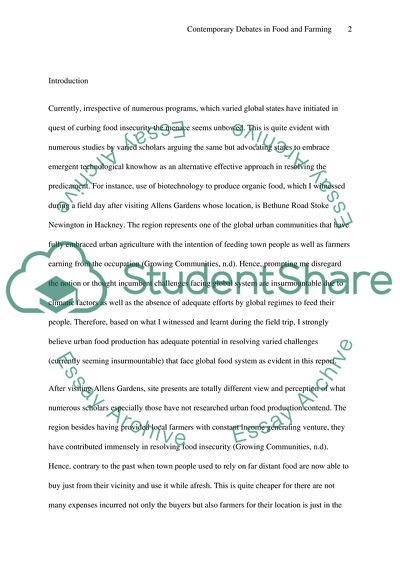Cite this document
(Contemporary Debates in Food and Farming Assignment, n.d.)
Contemporary Debates in Food and Farming Assignment. https://studentshare.org/environmental-studies/1863772-contemporary-debates-in-food-and-farming
Contemporary Debates in Food and Farming Assignment. https://studentshare.org/environmental-studies/1863772-contemporary-debates-in-food-and-farming
(Contemporary Debates in Food and Farming Assignment)
Contemporary Debates in Food and Farming Assignment. https://studentshare.org/environmental-studies/1863772-contemporary-debates-in-food-and-farming.
Contemporary Debates in Food and Farming Assignment. https://studentshare.org/environmental-studies/1863772-contemporary-debates-in-food-and-farming.
“Contemporary Debates in Food and Farming Assignment”. https://studentshare.org/environmental-studies/1863772-contemporary-debates-in-food-and-farming.


